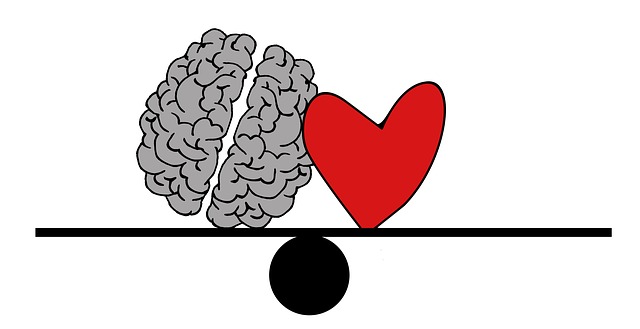Axial 2.0, which is another term for new axial vision, aims to build upon and upgrade the best of Axial 1.0, or the Axial Age, by integrating it with the best of (post) modernity and placing it within a contemporary integrative metatheoretical framework that renders it appropriate for the 21st century.
From the Axial Age it embraces its more balanced and receptive mode of thought, its holism, its deep interiority and intuition of Being, its notion of philosophy as a ‘way of life’ and its emphasis on both personal and social transformation guided by a ‘higher’ vision of reality. It also draws on the great axial wisdom traditions, which all point to a deeper underlying spiritual infrastructure that is the ground of all being.
 From modernity it adopts its ‘fraternal face’ (as opposed to its ‘dominating face’) of humanism, which has emphasised critical and self-critical rationality and a universalist aspiration towards greater equality, freedom and human flourishing. It also embraces the best of modern science, namely its scientific methodology deployed via an open rationality, while rejecting its scientism, dogma and metaphysics which has sometimes impeded the free-flowing advance of science (see, for example, Sheldrake). It also rejects its less balanced mode of thought, which has tended towards the exclusive use of analytical / atomistic thinking that fails to grasp the complexity of reality or depth of being, and a grasping, manipulative and instrumental rationality that has led to relations of oppression and domination.
From modernity it adopts its ‘fraternal face’ (as opposed to its ‘dominating face’) of humanism, which has emphasised critical and self-critical rationality and a universalist aspiration towards greater equality, freedom and human flourishing. It also embraces the best of modern science, namely its scientific methodology deployed via an open rationality, while rejecting its scientism, dogma and metaphysics which has sometimes impeded the free-flowing advance of science (see, for example, Sheldrake). It also rejects its less balanced mode of thought, which has tended towards the exclusive use of analytical / atomistic thinking that fails to grasp the complexity of reality or depth of being, and a grasping, manipulative and instrumental rationality that has led to relations of oppression and domination.
From postmodernity, which a new axial vision sees as falling within the same overall paradigm that underlies modernity, axial 2.0 takes on board its many valid criticisms of modernity, its championing of diversity and its defence of marginalised voices, but it rejects its adoption of extreme positions like judgemental relativism, the rejection of all universals, and denial of the possibility of objective truth.
And from contemporary integrative philosophy / metatheory it forges a synthesis out of the strengths of the three most comprehensive integrative metatheories available today – complex thought, integral theory and critical realism / metarealism – that it calls complex integral realism. This serves as the guiding philosophy behind the new axial vision, underpinning a vision of the cosmos and of human being that attempts to move beyond the disempowering, disqualifying and disenchanting worldview that governs modernity. For more details see my book Towards a New Axial Vision.
The practical side of Axial 2.0 is outlined in our Foundational Programme, which draws on the above and also the interventions of modern therapy and psychotherapy. Its essential goal is to open a process whereby our identity begins to shift from the ego (understood as our separate self sense) to the soul (understood as our essence and true nature).



